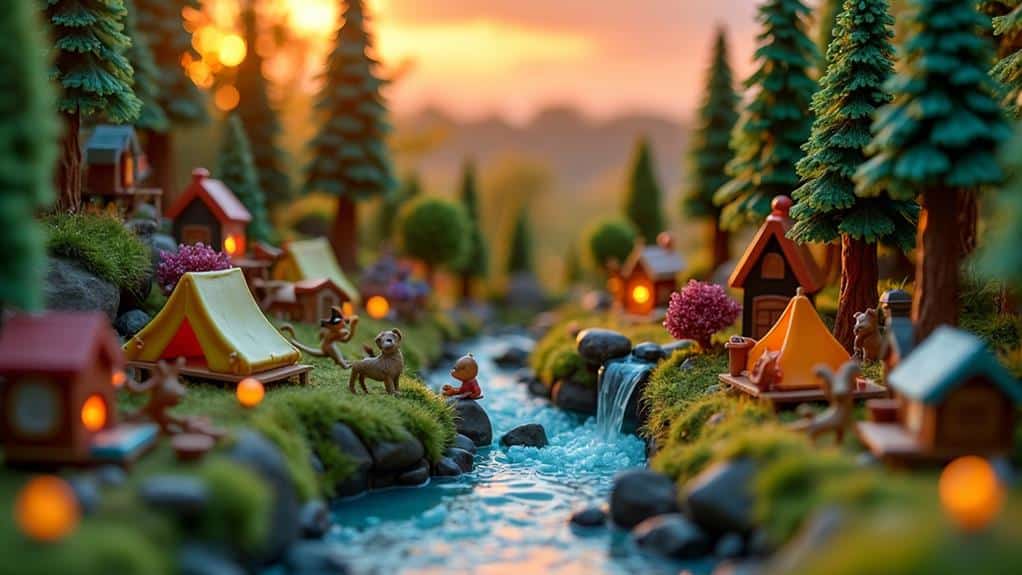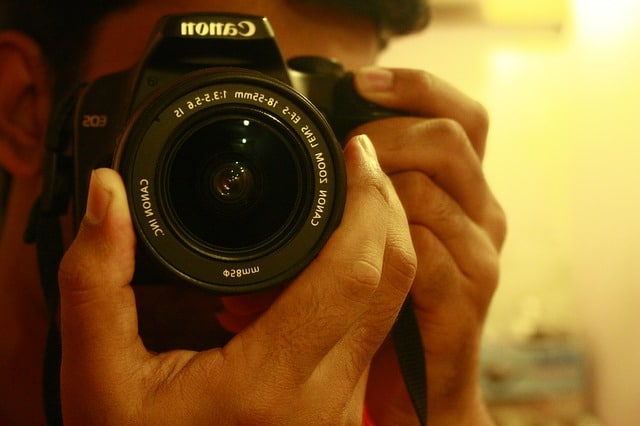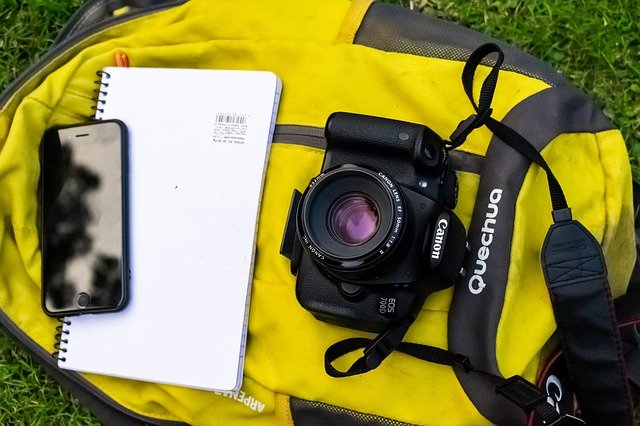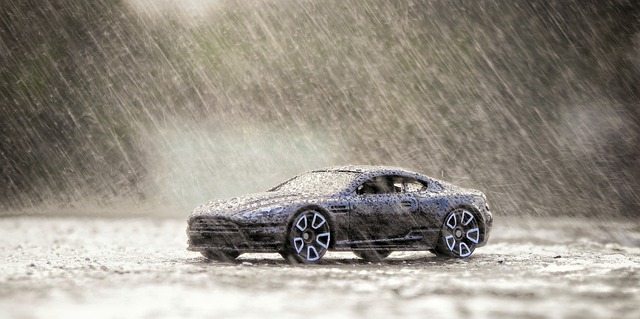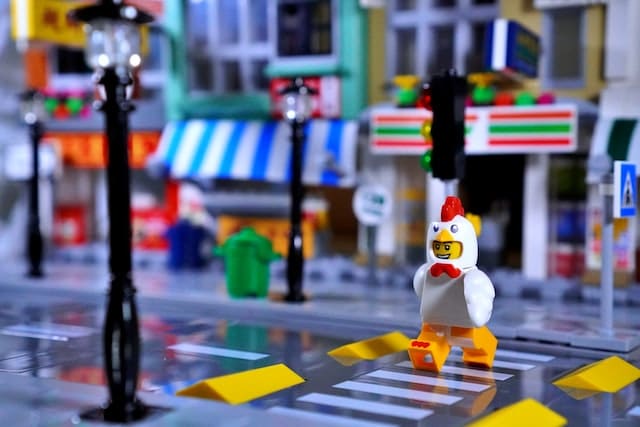Creating epic mini outdoor toy scenes involves more than just placing toys in a random spot. You'll need to choose the right location, utilize natural lighting, and incorporate realistic props to bring your scene to life. Think about the background and small details that can add depth and dimension to your setup. Experimenting with angles can dramatically change the perspective and feel of your shot. There's also the pivotal step of editing for those final touches that make everything cohesive. Want to know the secrets behind each step? Let's explore the intricacies that can transform your toy scenes from ordinary to extraordinary.
Key Takeaways
- Use natural elements like rocks, leaves, and twigs to enhance realism and blend toys seamlessly with the environment.
- Capture scenes during golden hours for soft, magical lighting and enhanced details.
- Choose props in the correct scale and with intricate textures to add depth and authenticity.
- Experiment with different camera angles and perspectives to create dramatic and engaging compositions.
- Ensure a clutter-free background to maintain focus on the miniatures and enhance the overall scene.
Choose the Right Location
When setting up your mini outdoor toy scenes, choosing the right location is crucial for creating an engrossing display. First, consider the terrain. Uneven ground with natural features like rocks, grass, or sand can add an extra layer of realism to your scenes. These elements help create a dynamic setting where your toys can interact with their environment. For example, a Lego Icons Tranquil Garden toy building block set can look particularly enchanting in a natural environment.
Next, think about the background. A clutter-free backdrop guarantees that the focus remains on your miniatures. Aim for a spot that offers a natural, uninterrupted view. Avoid areas with distracting elements like trash bins or busy pathways that could detract from the scene's immersion. Also, be mindful of the weather conditions. A sudden rainstorm or gust of wind can ruin your setup. Check the forecast and pick a day with stable weather.
Lastly, accessibility is key. You don't want to spend more time reaching your chosen spot than setting up your scene. Pick a location that's easy to get to but still offers enough seclusion to maintain your setup undisturbed. By carefully choosing your location, you'll set a solid foundation for your mini outdoor toy scenes.
Utilize Natural Lighting
While you've nailed down the perfect location, another key element to ponder is natural lighting. Using natural light can make a monumental difference in how your mini outdoor toy scenes turn out. Early morning and late afternoon, known as the golden hours, provide a soft, warm light that can add a magical touch to your scene. The sun's low angle creates longer shadows and a richer, more diffused glow, enhancing the tiny details of your toys. Understanding the importance of lighting allows you to effectively communicate your artistic vision and evoke emotions through your work.
Pay attention to the direction of the light. Side lighting can create dramatic shadows and depth, making your scene look more dynamic. Overhead sunlight, around noon, tends to be harsh and can wash out details, so try to avoid shooting during this time unless you're going for a specific effect.
Cloudy days are also great for shooting because the clouds act as a natural diffuser, providing even lighting without harsh shadows. If you need to control the light further, use reflectors or white cards to bounce light into darker areas. Experiment with different times of day and weather conditions to see how they affect your scene. Natural lighting can substantially elevate the realism and beauty of your mini outdoor toy scenes
Incorporate Realistic Props
Adding realistic props to your mini outdoor toy scenes can substantially enhance their authenticity and storytelling. When you introduce lifelike elements, your scenes become more engaging and visually appealing. Props can range from tiny furniture and miniature plants to small vehicles and scaled-down everyday items. Props can:
- Scale Matters: Verify that the props you use are in the correct scale relative to your toys. An oversized prop can disrupt the scene's realism, while a too-small item might go unnoticed. Pay attention to the space between the toy and the backdrop to maintain a cohesive look.
- Detail and Texture: Choose props with intricate details and textures. These elements add depth and make the scene look more lifelike. For instance, a weathered miniature bench or a textured rock can add a lot of character. Experimenting with different textures and colors can also help find the perfect background.
- Natural Materials: Use natural materials like twigs, leaves, and stones to create a seamless blend between your toys and the outdoor environment. This approach not only looks authentic but also connects the scene to its natural surroundings.
- Contextual Relevance: Select props that make sense within the context of your scene. If you're setting up a campsite, include a tiny tent, a campfire, and perhaps some miniature backpacks.
Incorporating these realistic props will make your mini outdoor toy scenes come alive, mesmerizing the imagination of anyone who sees them.
Experiment With Angles
Exploring different angles can dramatically change the impact and perception of your mini outdoor toy scenes. By simply shifting your camera's position, you can transform an ordinary setup into a riveting story. Start by getting down to the toy's level. This perspective makes the viewer feel like they're part of the action and can add a sense of realism. Don't be afraid to get close and fill the frame with your subject; this can emphasize details and create an immersive experience. Consider using a macro lens to capture intricate details, making the toys appear life-sized and adding depth to your scene.
Next, try shooting from above. A bird's-eye view can offer a unique perspective and highlight the arrangement of your scene in a way that's not possible from ground level. Conversely, shooting from below, or a worm's-eye view, can make your toys appear larger-than-life and more imposing.
Experiment with different angles to see how they affect the mood and focus of your scene. Tilt your camera slightly for a dynamic, action-packed feel, or use a wide-angle lens to capture more of the environment. Remember, the way you frame your shot can add depth and dimension, making your mini outdoor toy scenes truly epic
Create Dynamic Backgrounds
To create dynamic backgrounds for your mini outdoor toy scenes, start by utilizing natural elements like rocks and plants to add authenticity. Play with perspective to make your toys appear as part of a larger world. Incorporate DIY props for extra creativity and context, enhancing the overall scene.
Utilize Natural Elements
By creatively incorporating natural elements, you can transform your mini outdoor toy scenes into vivid, lifelike dioramas. Think of all the natural resources at your disposal—rocks, leaves, twigs, and even dirt. These elements can add depth and realism to your scenes, making them come alive.
Here's how you can use natural elements effectively:
- Rocks and Stones: Use small rocks to simulate mountains or cliffs. Arrange them in the background to create a rugged landscape. Smaller pebbles can serve as pathways or borders.
- Leaves and Plants: Incorporate leaves and small plants to mimic forests or jungles. You can use fallen leaves for a woodland floor or moss for a soft, grassy effect. Miniature plants can act as trees or bushes.
- Water Features: Create streams or ponds using water from a small container or even aluminum foil shaped and filled with water. This adds a dynamic element to your scene and can reflect light beautifully.
- Soil and Sand: Use soil to create earthy terrains or sand for desert landscapes. These materials can be molded easily to create hills, valleys, or other topographical features.
Play With Perspective
Creating dynamic backgrounds for your mini outdoor toy scenes can substantially enhance their visual appeal and storytelling potential. Start by experimenting with perspective. Position your camera low to the ground to make small toys look larger than life. Use the natural environment to your advantage—set up scenes where trees, rocks, or grass act as towering backdrops, making your toys appear as if they're on an epic adventure.
Next, think about the distance. Place larger objects in the foreground to create depth and make the scene more engaging. For instance, a nearby flower can look like a massive tree next to tiny figures, adding a fantastical element to your scene. Conversely, placing objects further away can make them appear smaller and emphasize the scale of your toys.
Also, play with angles. Different viewpoints can dramatically alter how your scene is perceived. Shoot from above to create an overhead view, as if your toys are part of a grand map. Or, shoot from a low angle to give a heroic, upward-looking perspective. By thoughtfully considering perspective, you'll transform simple setups into visually stunning and immersive mini worlds.
Incorporate DIY Props
Adding DIY props to your mini outdoor toy scenes can take them from ordinary to extraordinary. By crafting your own props, you can create dynamic backgrounds that make your scenes more immersive and engaging. Here are some tips to get you started:
- Use natural elements: Gather twigs, leaves, and small stones from your surroundings to create realistic landscapes. These materials can serve as trees, bushes, or rocky terrains.
- Craft mini furniture: Use items like popsicle sticks, bottle caps, and toothpicks to construct tiny benches, tables, or fences. A little hot glue and paint can transform these simple materials into detailed props.
- Incorporate fabric: Scraps of fabric can be used to make miniature tents, blankets, or flags. With a bit of sewing or even just some strategic folding and pinning, you can add a soft, realistic touch to your scenes.
- Repurpose household items: Look around your home for small items that can be reimagined as props. For example, a thimble could become a bucket, or a small box can be painted to look like a shipping crate.
Add Small Details
To bring your mini outdoor toy scenes to life, focus on adding small details. Use natural elements like leaves and pebbles, incorporate miniature props, and experiment with different lighting to create mood and depth. These touches will make your scenes more engaging and realistic.
Utilize Natural Elements
Incorporating natural elements into your mini outdoor toy scenes not only enhances their realism but also adds a unique charm. Using items from nature can breathe life into your scenes in ways that artificial props simply can't. Here are some practical tips to get you started:
- Use Real Plants: Miniature plants or moss can mimic trees, bushes, and grass. They provide texture and color, making your scene more vibrant.
- Incorporate Stones and Pebbles: Small stones can serve as boulders or stepping stones, adding a sense of scale and depth.
- Utilize Water Elements: A small puddle or a shallow dish with water can represent lakes, ponds, or rivers, bringing a dynamic element to your scene.
- Add Fallen Leaves and Twigs: These can be used as logs, pathways, or even tiny shelters, creating a more immersive environment.
Incorporate Miniature Props
Miniature props can significantly elevate your outdoor toy scenes by adding intricate details that capture the viewer's imagination. Think of tiny furniture, vehicles, or even small animals. These props transform a simple setup into a rich, detailed world. By including items like tiny benches, mailboxes, or street lamps, you create an environment that feels lived-in and authentic.
Start by selecting props that match the theme of your scene. If you're setting up a medieval battle, miniature swords, shields, and banners can make it more realistic. For a cityscape, consider adding small cars, bicycles, or even tiny trash cans. The key is to choose props that enhance the story you're trying to tell.
Placement is vital. Scatter the props thoughtfully to avoid cluttering the scene. A tiny watering can next to a miniature garden or a small book on a tiny park bench can add layers of narrative depth. Don't be afraid to get creative. Use everyday objects like pebbles for boulders or matchsticks for fences.
Experiment With Lighting
Playing around with lighting can really make your mini outdoor toy scenes pop. The right lighting transforms a simple setup into an extraordinary visual story. Start by using natural light to your advantage; early morning or late afternoon sunlight offers a warm, diffused glow that adds drama. Don't be afraid to experiment with artificial lighting too. You can use small LED lights or even household lamps to create dynamic shadows and highlights, adding depth and intrigue to your toy arrangements. Incorporating the best shadow techniques for toys, such as placing a light source at an angle or using objects to cast interesting shapes, can help elevate the realism of your scene. Remember, subtle tweaks in lighting can completely transform the mood and storytelling of your miniature creation.
Here are four tips to elevate your scenes:
- Use Reflectors: Simple items like white paper or aluminum foil can bounce light into darker areas, creating balanced illumination.
- Backlighting: Position a light source behind your toys to create silhouettes and depth. This technique can bring a sense of realism and intrigue to your scenes.
- Colored Lights: Introduce colored LED lights to set various moods. Blue tones can evoke a nighttime scene, while warm hues like orange and yellow mimic sunset vibes.
- Spotlighting: Focus a small, intense beam on a particular area or toy to draw attention and highlight key features.
Edit for Final Touches
As you approach the final stage of creating your mini outdoor toy scenes, it's crucial to focus on the small details that will make your project truly shine. Start by reviewing your photos. Look closely at each image, ensuring the composition is balanced and the subjects are well-placed. Adjust the brightness, contrast, and saturation to make the colors pop without losing the natural feel.
Next, consider the sharpness of your images. Use editing software to enhance clarity and detail. Don't overdo it; you want the scene to look realistic, not overly processed. Pay attention to any distracting elements in the background. Use the crop tool to remove unwanted areas or the clone tool to subtly erase them.
At a Glance
Remember, creating epic mini outdoor toy scenes is all about attention to detail and creativity. By choosing the right location, utilizing natural lighting, incorporating realistic props, experimenting with angles, creating dynamic backgrounds, adding small details, and editing for final touches, you'll bring your miniature world to life. Don't be afraid to get down and dirty, let your imagination run wild, and most importantly, have fun with it! Your dedication will shine through in every shot.

